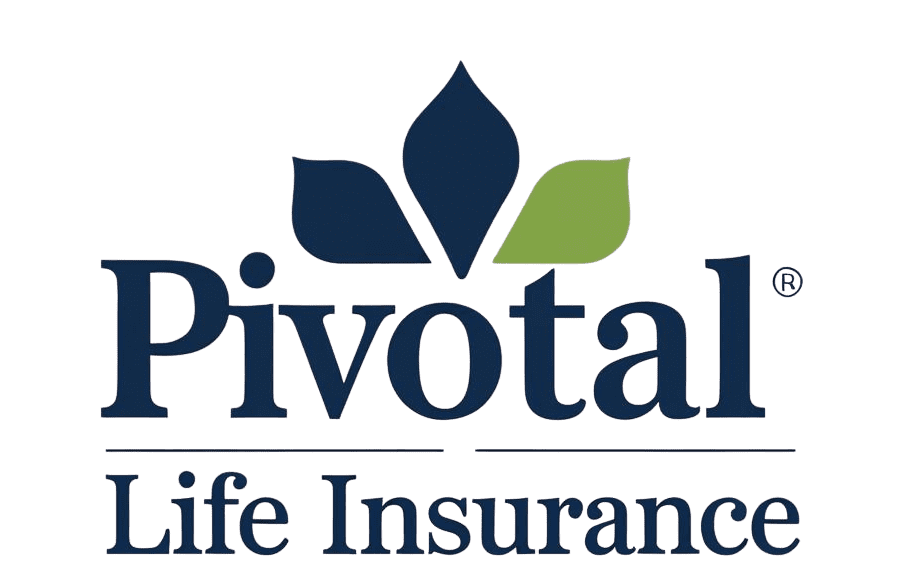Whole life insurance is often misunderstood. Many people hear it’s “too expensive” or “only for the wealthy,” but that’s not the full story. The truth is, whole life policies can serve as powerful financial tools when structured and used correctly.
This article breaks down examples of whole life insurance policies, including sample numbers and real-world case studies. By the end, you’ll understand how whole life insurance works in practice and whether it might fit into your own financial planning.
What Is Whole Life Insurance?
Whole life insurance is a type of permanent life insurance. Unlike term insurance, which only covers you for a set period, whole life lasts for your entire lifetime as long as premiums are paid.
Key Features:
Lifetime coverage
Guaranteed death benefit
Builds cash value that grows over time
Can pay dividends (for participating policies)
Premiums stay fixed
These features make it more than just insurance – it can also function as a savings and wealth-building tool.
Reading definitions is one thing. Seeing whole life insurance examples with numbers makes the concept much clearer. Sample policies and case studies show how the benefits actually play out for:
Families who need long-term protection
Business owners securing financial stability
Individuals planning for retirement
Example 1: Family Protection
Imagine a 35-year-old parent who purchases a $250,000 whole life insurance policy.
Annual Premium: $3,000
Guaranteed Death Benefit: $250,000 for life
Cash Value Growth: By age 55, the policy could have around $70,000 in accessible cash value.
How it helps:
Provides guaranteed money for family needs in case of death.
Acts as a backup savings account.
Creates peace of mind knowing protection never expires.
Example 2: Business Use
A small business owner, age 45, buys a $500,000 whole life policy.
Annual Premium: $7,500
Death Benefit: $500,000
Cash Value at Age 65: Approximately $200,000
How it helps the business:
Provides collateral for business loans.
Ensures funds to buy out a partner’s share if needed.
Offers retirement savings that the owner can access without selling the company.
Example 3: Retirement Planning
A 40-year-old professional purchases a $1,000,000 whole life policy.
Annual Premium: $12,000
Cash Value by Age 65: $400,000+
Tax-Free Policy Loans Available
How it helps in retirement:
Provides supplemental retirement income through policy loans.
Keeps the death benefit intact for heirs.
Acts as a hedge against market downturns since the cash value is guaranteed to grow.
Benefits Illustrated in These Cases
Lifetime Protection – Unlike term life, the coverage never ends.
Cash Value Access – Provides liquidity for emergencies, opportunities, or retirement.
Tax Advantages – Growth is tax-deferred, and loans can be tax-free.
Wealth Transfer – Creates a guaranteed inheritance.
Flexibility – Can support personal, family, or business needs.
Common Questions About Whole Life Insurance Examples
Is whole life insurance worth it compared to term?
It depends on your goals. If you only want coverage for a fixed period, a term is cheaper. If you want lifelong protection plus cash value, whole life is worth considering.
Do I lose money if I cancel?
Early cancellation often means you get back less than you paid. Whole life is designed as a long-term commitment.
Can I really use it for retirement income?
Yes. Many people borrow against their policy’s cash value in retirement, creating tax-efficient supplemental income.
Key Takeaways
Whole life insurance is permanent coverage with a built-in savings component.
Real-world examples show its flexibility: family protection, business use, and retirement planning.
While premiums are higher than term life, the value lies in guarantees, cash growth, and lifetime protection.
Final Thought
Whole life insurance isn’t for everyone, but for those who value stability, long-term security, and financial flexibility, it can be a cornerstone of smart planning.
What about you? Do you see yourself using whole life for family security, business growth, or retirement planning?

